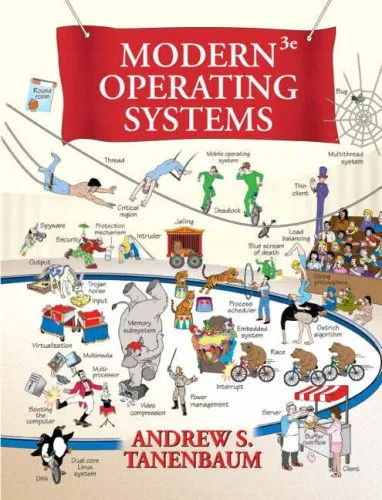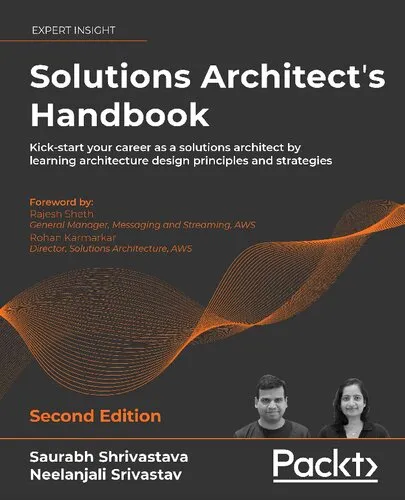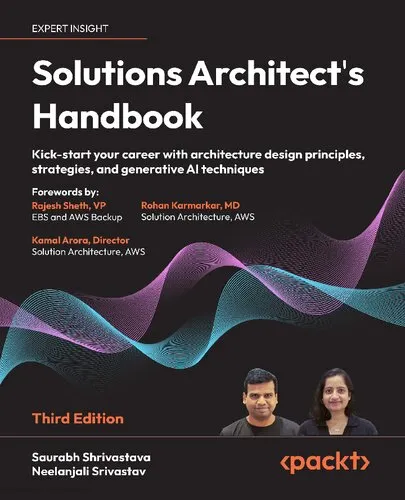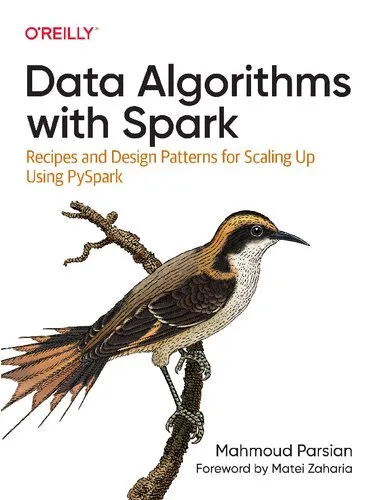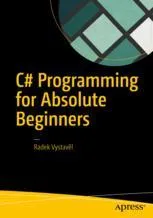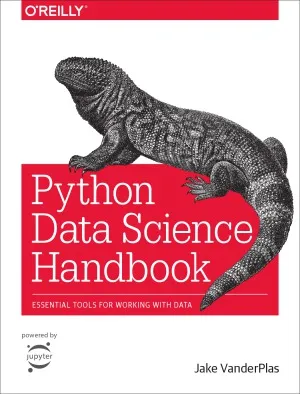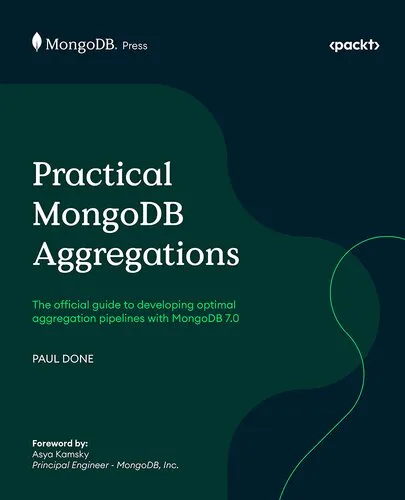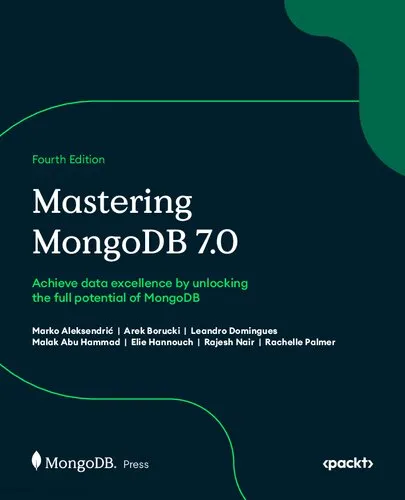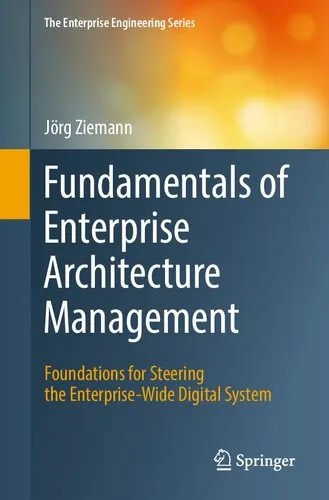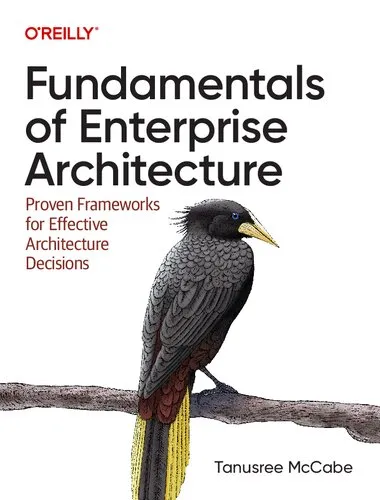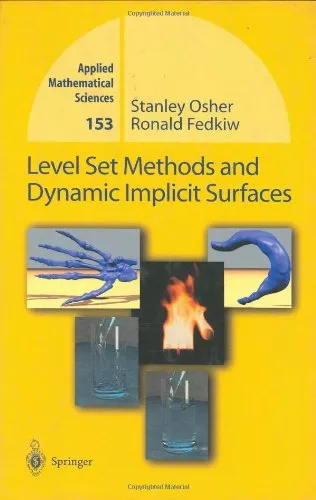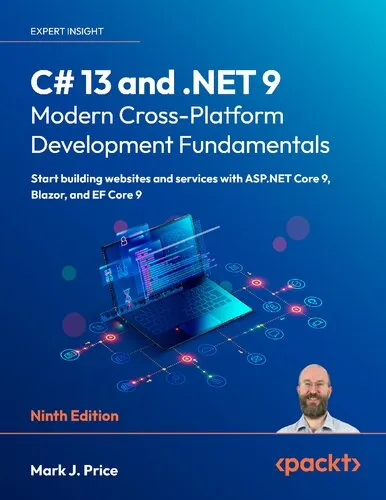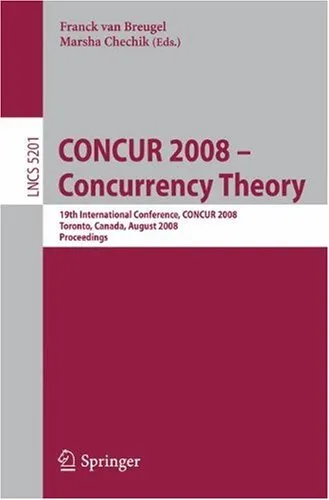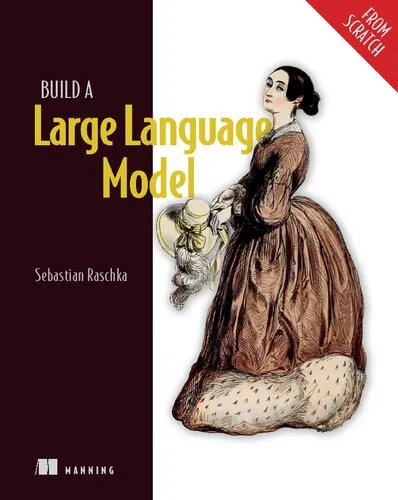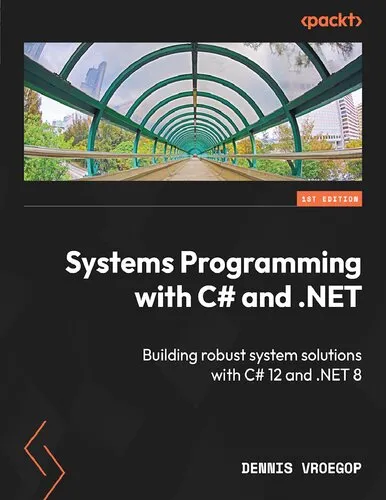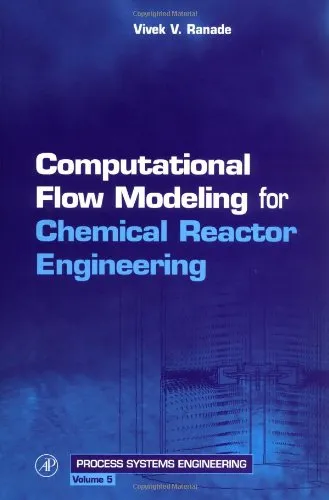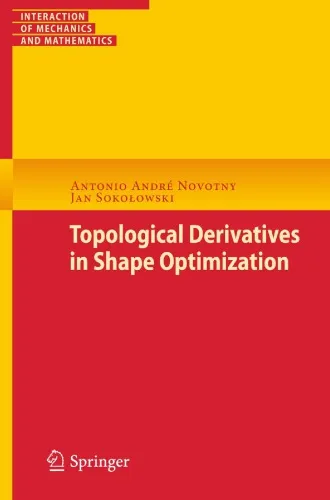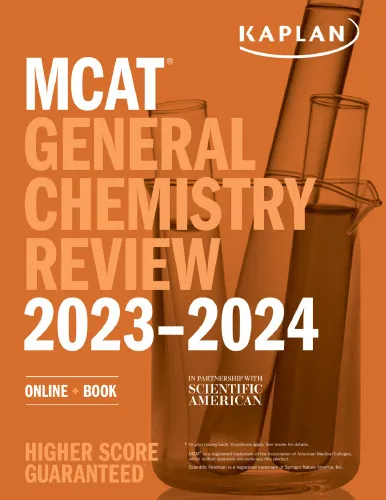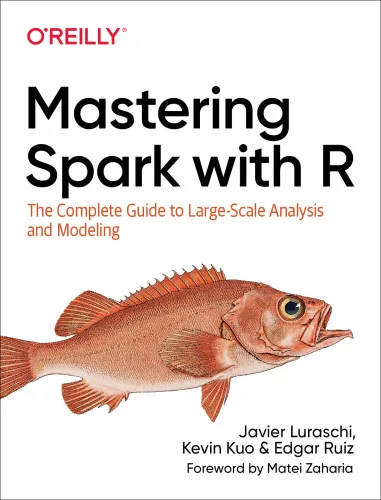Journal of Chemical Theory and Computation
4.4
Reviews from our users

You Can Ask your questions from this book's AI after Login
Each download or ask from book AI costs 2 points. To earn more free points, please visit the Points Guide Page and complete some valuable actions.Related Refrences:
Analytical Summary
The Journal of Chemical Theory and Computationpp.4579—4587 stands as an authoritative segment of scholarly discourse within computational chemistry, offering a precise and informed exploration of chemical theory through advanced computational methodologies. Crafted by Alvarado, Enrique; Liu, Zhu; Servis, Michael J.; Krishnamoorthy, Bala; and Clark, Aurora Evelyn, this piece targets professionals, researchers, and serious readers committed to deepening their expertise in molecular modeling methods and the computational frameworks that power them.
Although specific publication year data is Information unavailable due to no reliable public source, the content’s relevance and rigor are evident in its methodical structure, scientific accuracy, and applicability to pressing questions in the field. The analytical narrative bridges theoretical chemistry with practical computing approaches, providing valuable insights into the use of computational simulations and algorithmic models for describing and predicting molecular behaviors.
Within its pages, readers encounter careful examinations of chemical phenomena underpinned by robust statistical and mathematical frameworks. The authors focus their lens on both the fundamental principles and the nuanced complexities arising in simulation-based studies—making this work indispensable for academic investigation and applied research.
Key Takeaways
From the Journal of Chemical Theory and Computationpp.4579—4587, readers extract not only technical knowledge but also a refined appreciation for the balance between theory and computational execution. Each section is meticulously designed to scaffold learning and application in professional contexts.
Firstly, computational chemistry advancements continue to evolve, with algorithmic efficiency and accuracy improving in tandem. Secondly, molecular modeling methods remain crucial for hypothesis testing, experimental validation, and discovery. Thirdly, integration of interdisciplinary tools—spanning mathematics, physics, and computer science—is essential to sustaining innovation. Finally, the piece reinforces the need for transparent methodologies and reproducible research outputs.
Memorable Quotes
“In computation, precision is not a luxury—it is the currency of scientific discovery.”Unknown
“Theory guides computation, and computation validates theory—each indispensable to the other.”Unknown
“Molecular modeling methods are the lens through which we visualize invisible realities.”Unknown
Why This Book Matters
The Journal of Chemical Theory and Computationpp.4579—4587 builds a bridge between the abstracted realm of chemical theory and the applied domain of computational practice. Its value lies in fostering deeper comprehension and improved application of computational chemistry advancements to real-world challenges.
In an era where data-driven science stretches the boundaries of what can be calculated and predicted, this work situates itself firmly within the progressive trajectory of molecular research. It complements experimental results with computational foresight, opening doors to sustainable innovation and efficient problem-solving. Moreover, it cultivates a mindset in which theoretical knowledge is dynamically tested against computational realities—ensuring robust, impactful science.
Inspiring Conclusion
As you close the pages of the Journal of Chemical Theory and Computationpp.4579—4587, the interplay between meticulous theory and computational prowess becomes undeniable. For academics, industry professionals, and ardent learners alike, its depth offers both a reference and an invitation.
The journey through its analytical landscapes underscores the indispensable role computational chemistry advancements play in shaping the future of scientific inquiry. By revisiting and discussing its frameworks, readers can refine their understanding of molecular modeling methods and actively contribute to the evolving discourse in chemical computation. Take the next step—read, share, and debate its findings—ensuring that the dialogue around computational and theoretical chemistry continues to advance in both rigor and creativity.
Free Direct Download
You Can Download this book after Login
Accessing books through legal platforms and public libraries not only supports the rights of authors and publishers but also contributes to the sustainability of reading culture. Before downloading, please take a moment to consider these options.
Find this book on other platforms:
WorldCat helps you find books in libraries worldwide.
See ratings, reviews, and discussions on Goodreads.
Find and buy rare or used books on AbeBooks.
1092
بازدید4.4
امتیاز0
نظر98%
رضایتReviews:
4.4
Based on 0 users review
Questions & Answers
Ask questions about this book or help others by answering
No questions yet. Be the first to ask!


